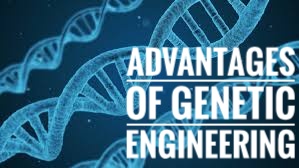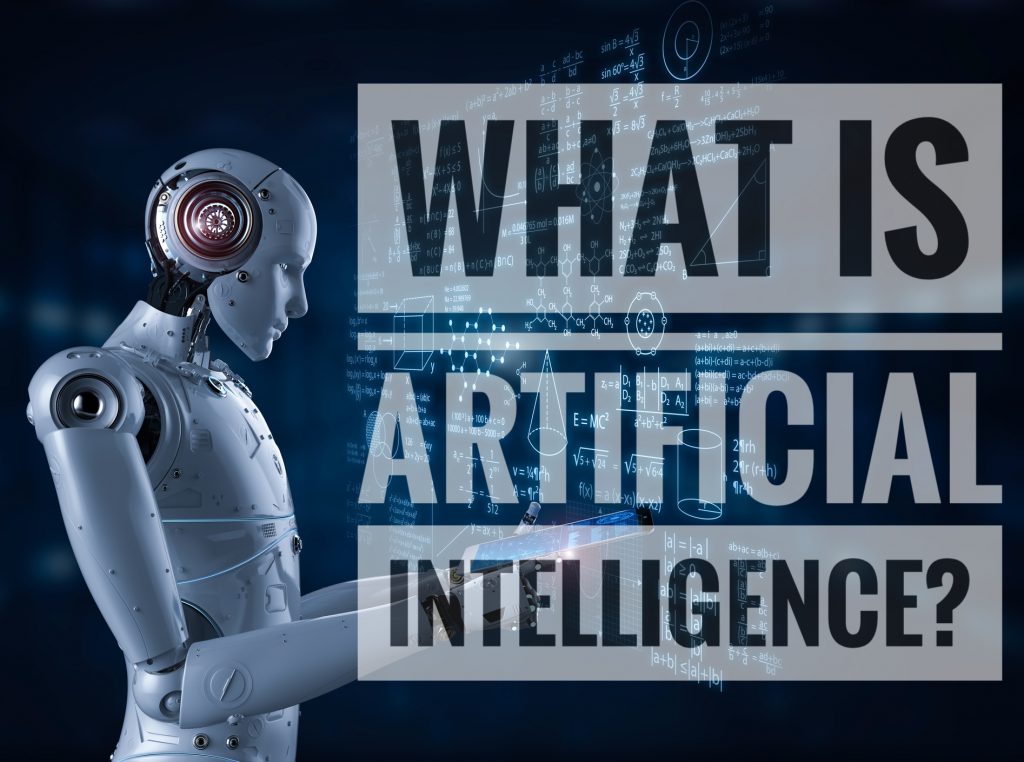What is Genetic Engineering?
There are many unanswered questions concerning the impact of genetic engineering and its implications on our environment. It is important that we do not blindly accept that genetically modified organisms (GMOs) pose no threat to the environment.
Much of the debate surrounding the benefits and environmental protection of genetically engineered crops is based on science and the precautionary principle. However, I believe that there is still much we don’t know about genetic engineering.
Genetically modifying organisms is done using techniques that protect organisms from cross-contamination. If cross-contamination is unavoidable, they are grown in separate environments. This is done in a test tube to assure that contaminants and genetic constructs are isolated. These tests are repeated throughout the growing cycle and each time cross-contamination is eliminated.
What many people are not aware of is that genetic engineering is generally considered an agricultural process. This means that its impacts may be more wide spread than just on agriculture. Those who grow crops from genetically engineered plants are producing non-agricultural products such as food supplements.
Those who use pesticides, herbicides, and other chemicals on their crops are considered industrial farmers. They are often confused with farmers who grow organic crops. Most organic growers do not use any genetically engineered crops.
Genetically engineered organisms are those whose genes have been “snipped” from another organism and introduced into the plant’s genome. This creates a new gene that does not belong to the host plant. The result is a new variety of organism that does not belong to its native habitat. Most commonly, the engineered organism is called a crop.
Genetically engineered crops can be used for a variety of purposes. They are used in animal feed and may also be fed to livestock. They are used to grow vegetables, grains, fruits, and oils.
Farmers who are considering using genetically engineered crops for agricultural purposes should educate themselves on the process used in creating the genetically engineered crop. They should learn about its ecological impact on natural ecosystems. The most important thing that they should learn is that genetic engineering may make it difficult to regulate the effects of these crops in the long term.
There are many companies that will sell agricultural commodities at wholesale to distributors for retail purposes. These distributors then sell the crops to food manufacturers. Consumers will not know that these crops were grown from genetic material from another organism until after the food has been processed and retail stores carry it.
Genetically engineered crops are some of the most important agricultural products because they are used for animal feed and people will consume crops that were grown with genetic material from another organism. Although genetically engineered organisms are not toxic to humans or animals, the indirect effects they may have on environmental systems are still unknown. These direct and indirect effects may contribute to future shortages of certain crops.
A study of the impact of genetically engineered food crops on the environment concluded that there is no evidence of significant changes to the environment. Additional research indicates that the use of genetically engineered crops can be an advantage because they will help control pests. However, it seems that this advantage comes at a cost in increased pesticide use, with further loss of biodiversity and reliance on genetically modified organisms.
Corn oil, soybeans, canola oil, flaxseed oil, rice bran, sugar beets, and sugar cane are products that are most commonly genetically engineered. These products are used to feed the cattle, poultry, and pigs used for human consumption. It is estimated that the average American consumes as much genetically engineered food as the rest of the world combined.
Advantages of Genetic Engineering

How do you know if genetic engineering is a viable method of treating diseases? A few scientists and doctors feel it may be the best option available. Others believe it is unsound means to go about obtaining certain desired results. These people who fear the implications of this type of technology are not thinking clearly, they just fear what they don’t understand.
You can find many advantages of genetic engineering. You will learn that the development of new life-saving products is something that can and should be considered. Because of the many advantages of genetic engineering, everyone should be interested in learning more about how it can benefit them.
First, it uses one of nature’s most potent tools – genes. These are the biological “manifestations” of design and by using genes to create life, can be used to solve problems. Nature is capable of creating many wonderful creations by the use of genetic codes. Perhaps you remember reading about how the human eye was made. This is a prime example of how nature can help make things happen.
When the eyes were created, some parts of the different genetic code were the same, while others were different. The combination of these genetic codes produced the exquisite masterpiece of the human eye. If this type of system is used to create living organisms, then the advantages of genetic engineering is assured.
Another advantage of genetic engineering is the fact that scientists can now save valuable resources. They are much more efficient at producing products that can address the problem that they are investigating. Using the genetic code to create living organisms will improve efficiency. Since so many people will benefit from these products, there will be a more predictable system to produce products.
There are millions of living organisms in the world today. Millionsof insects, plants, animals, and fungi all need our help to survive. In order to care for all of these organisms, we have to spend large amounts of money. Instead of spending billions of dollars each year to care for all these organisms, why not use genetic technology?
One of the first advantages of genetic engineering is its ability to bring life back to plants. The idea of creating living organisms that reproduce faster than plants does is very exciting. Think about the many benefits that could accrue from this.
You can improve the food supply by using this technology instead of using crops that need to be fertilized and treated with herbicides. This reduces the costs for food. At the same time, it can make the food more nutritious and healthier. It is also much easier to grow plants than crop crops. Many plants can be grown indoors with little maintenance, which eliminates the need for expensive irrigation.
Through genetic engineering, we can improve the quality of living organisms. When we use this technology, we can ensure that the organisms are as high quality as possible. It can eliminate problems that we have had with food safety and animal welfare.
We can also use this to increase the output of fish and other animals. By increasing the size of animals, we can guarantee that we can satisfy all of our need for meat and other products. We can use this method to add a healthy and natural source of protein to our diets. Fish and meat products are a good source of proteins and have been found to help increase energy levels and prevent disease. Other animals like poultry and hogs are known to use genetic engineering to improve their health.
When it comes to plastics, we can improve the quality of plastic product by using this type of technology. Even though this type of technology is great for the environment, it can also be used to prevent problems caused by pollution. It can improve the quality of water supply and clean it more effectively. With the existence of plastics, the ability to preserve food is greatly improved. It can also be used to reduce waste that can cause pollution.
Disadvantages of Genetic Engineering

While many Americans are taking a close look at the disadvantages of genetic engineering, critics are asking questions about whether it’s the best approach for the U.S. or whether the current crop of genetically modified crops can be an alternative. Some experts agree with the latter view, but there are many scientists who believe that the current crop of genetically modified foods is safe and that the new technology should be left in the lab. So, what are the main disadvantages of genetic engineering?
Genetic engineering has created a lot of uncertainty. For instance, some researchers say that there is a long way to go before we can identify exactly how the human genome works and the extent to which a gene contributes to the development of disease. Until recently, the challenge has been to select and amplify certain genes, but that task is still in its early stages. New challenges arise as we learn more about the genetic code.
Let’s say we could identify the diseases associated with a gene; how would we treat them? The biggest drawback is that any one gene can be designed into a drug that could treat different diseases. That is, how do you know which gene is associated with which disease?
We might think we understand all the human genes and that we have identified everything that influences human health. In other words, there is no room for genetic modification and it makes sense to create the crops that are genetically-engineered. Otherwise, we are creating risks.
Further, some of the diseases caused by the genes introduced through genetic engineering may never be fully known. We don’t really know how the human genome evolved, how it’s influenced by environmental factors, and how that affects disease.
What is the way forward? A better approach is to develop crops that are not altered through genetic engineering. That way, we can understand how human genetics work, develop treatments for common diseases, and be prepared if a problem emerges.
Gene drives are a very promising solution for these problems. Using these systems, we can control how many copies of a particular gene to introduce and we can ensure that only those with good traits will reproduce.
A second disadvantage of gene drives is that they are cumbersome to use and they pose a number of challenges. If we wanted to introduce several copies of a gene that has been associated with disease, we’d need to use a large field and multiple pairs of transgenic plants in different locations.
A third major drawback is that there are no guarantees that the system will work. It depends on whether the gene drive program was designed properly. In addition, it’s difficult to use and it poses a number of technical challenges.
Finally, the system for implementing gene drives needs to be much more accurate and much more precise. Once the system is deployed, it is vulnerable to both ecological and mechanical challenges. As a result, the technology is largely untested.
However, the gene-drive system can be used to create a fairly stable and robust environment. If we can create such a system and then use it consistently, we can create an agricultural landscape in which the disease-causing gene is safely and productively contained. This may be the solution to the major disadvantages of genetic engineering.
Still, a major disadvantage of genetic engineering is the possibility of creating a crop that doesn’t have a very attractive taste. It may be possible to incorporate desirable traits into the crop, but it may also be possible to change the traits that the crop does have. I hope that this short article has helped to explain some of the advantages and disadvantages of genetic engineering.
What is Artificial Intelligence? Advantages and Disadvantages of Artificial Intelligence
Conclusion
The conclusion for genetic engineering is coming; this is a dilemma because the genetic engineering process is so revolutionary and very important. Genetic engineering, also known as genetic engineering, is a new process that can contribute a lot to the development of the world. It’s about using genetic elements to customize and make a plant, animal or microorganism more stable, or even reproductively, altering its characteristics or ability. So you need to be very careful with genetic engineering. It’s very important and no one should interfere with it without your knowledge.
In the recent year, researchers and scientists have found that there are approximately 20 million of the 100 million human genes in our bodies. Using these genes, a person can put together many similar things and start working on something different that will take their specialized talents and skills. The ability to change genes is going to change the way that scientists will be able to look at medicine, agriculture, health care, and food production. It’s very important and it will change the future of medicine, agriculture, and food production for the better.
Now I want to discuss the conclusion for genetic engineering, if you’re not sure about what it is, then you need to pay attention to this. Once someone performs the genetic modification process in the field of agriculture, it would be very difficult to stop the process and they would be allowed to sell all of the products that they created from their crops. This means that we need to study the field of genetics very closely and get the right information to stop this in its tracks. I hope that you will please consider all of my points.

